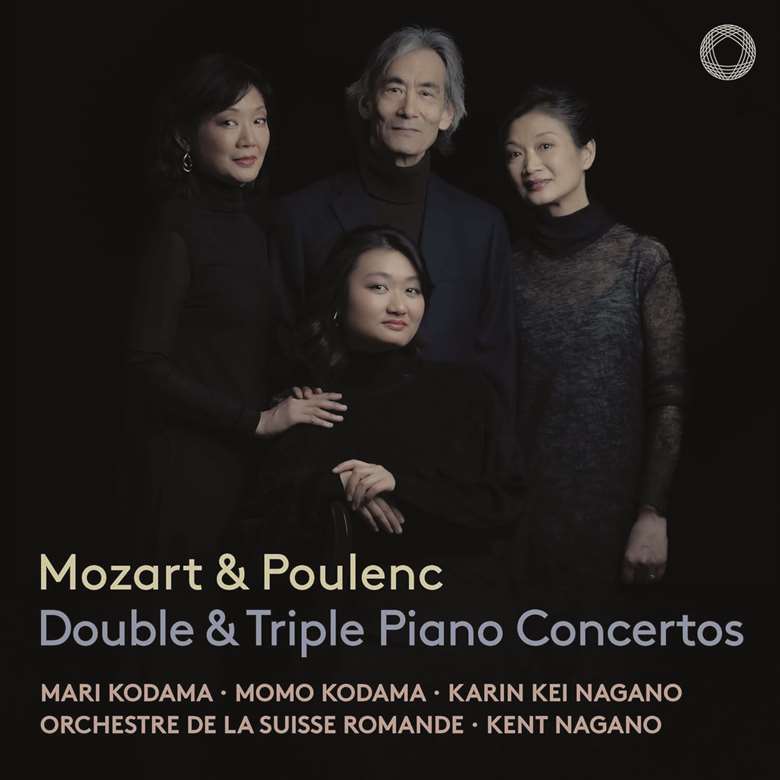Review - Mozart & Poulenc: Double & Triple Concertos (Karin Kei Nagano, Mari Kodama, Momo Kodama)
David Threasher
Friday, August 30, 2024
It’s a true family affair, and the rapport is palpable in performances that revel in the joyfulness abounding in both works

Register now to continue reading
This article is from International Piano. Register today to enjoy our dedicated coverage of the piano world, including:
- Free access to 3 subscriber-only articles per month
- Unlimited access to International Piano's news pages
- Monthly newsletter








